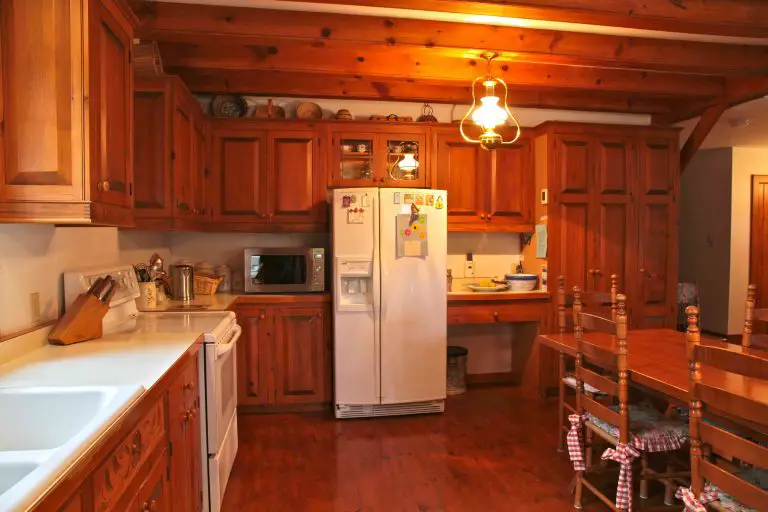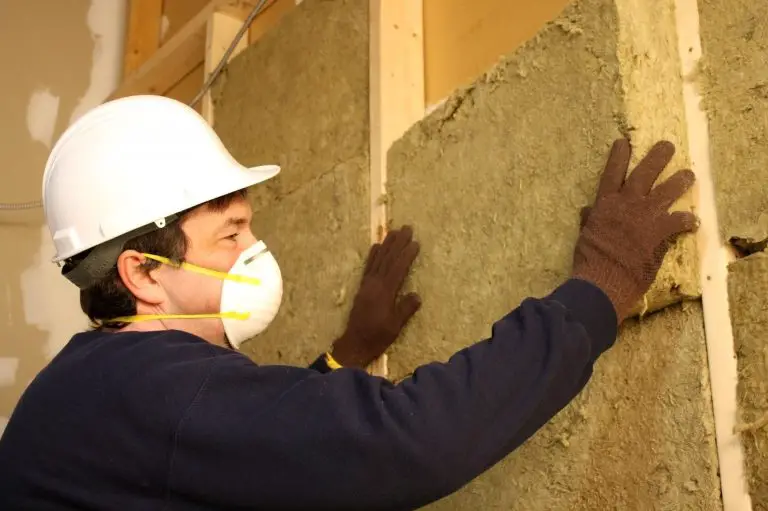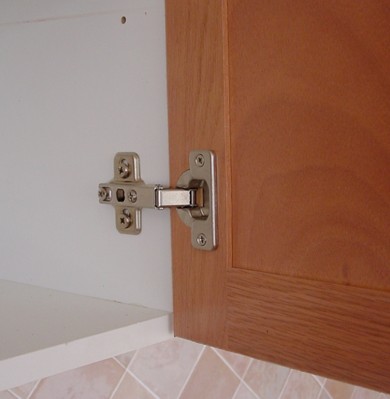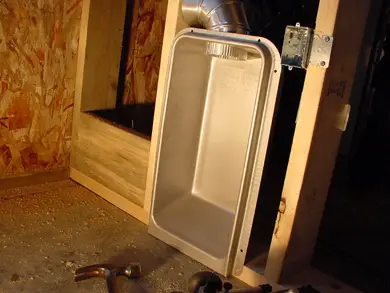
Question: What causes a wet spot to appear each winter in one location on my ceiling near an outside wall? You can see it in the photo I sent. This never happens in summer, no matter how much it rains, but it appears every winter, even when it has not rained or melted recently. The problem seems to get worse when the condensation on our windows is heavy when it’s very cold outside.
Answer: There are two possible causes of wet ceilings when it’s not raining during winter, and the first has to do with condensation. This is not uncommon problem in many modern houses with shallow-slope roofs. There’s very little space between the surface of the roof and the ceiling out there at the edge of the house, so there’s often not enough room for sufficient insulation, or insulation has not been installed there at all because it’s difficult to do. Problems like this are usually made worse if overall humidity in your home is too high in winter, as suggested by your heavy window condensation. The same dynamic that causes your windows to get wet on the inside when it’s cold is happening above your ceiling. When warm, moist, indoor air hits the glass of your windows, this air cools and loses some of its ability to hold moisture. The moisture that can no longer be held by the air comes out in the form of droplets that develop on your windows (and where your ceiling meets an outside wall).
The higher the indoor humidity levels, the more likely it is for condensation to appear that way it does at your place. Most often this condensation forms frost during long periods of cold weather. And when things do warm up outside, this frost melts and you get a flood of water coming out of nowhere.
If you have a heat recovery ventilator (HRV), run it more and at a higher speed to lower indoor humidity levels to 50% or less. Anything below about 40% and most people start to feel too dry. If you don’t have an HRV, run exhaust fans longer and more often, and leave a few windows an inch or two open while monitoring humidity levels as a test. Many modern homes are tight enough that they lead to poor indoor air quality unless mechanical ventilation and exhaust fans or open windows are used more often and for longer periods of time.
The idea here is to see if lower humidity levels will solve your ceiling problem. It may while also solving excess window condensation problems. Boosting ventilation will certainly make a big difference to the issue, but if it doesn’t solve the problem completely, then you might have to have spray foam applied to the shallow areas of your attic. But reducing indoor humidity during winter is the first step to a permanent solution.
Ice Dams Another Possible Cause
When exterior roof surfaces get too warm because of insufficient insulation, it can lead to something called “ice dams”. These are berms of ice that form on the eaves as they extend beyond the walls of your house. Roof heat melts snow, it runs down the too-hot roof, then encounters the unheated eaves and freezes. This happens slowly, but if sub-freezing temperatures persist for any length of time, the ice can get thick enough to trap pooled water up-slope of the ice dam. Some roofs can handle pooled water, and it leaks between shingles into your house. Once again, typcially on warm days with no rain. You can learn more about ice dams and their solutions here.
Watch the video below to learn more about how cold weather triggers window condensation (and condensation elsewhere, too). If windows had greater insulation values, wintertime window condensation would not happen.












